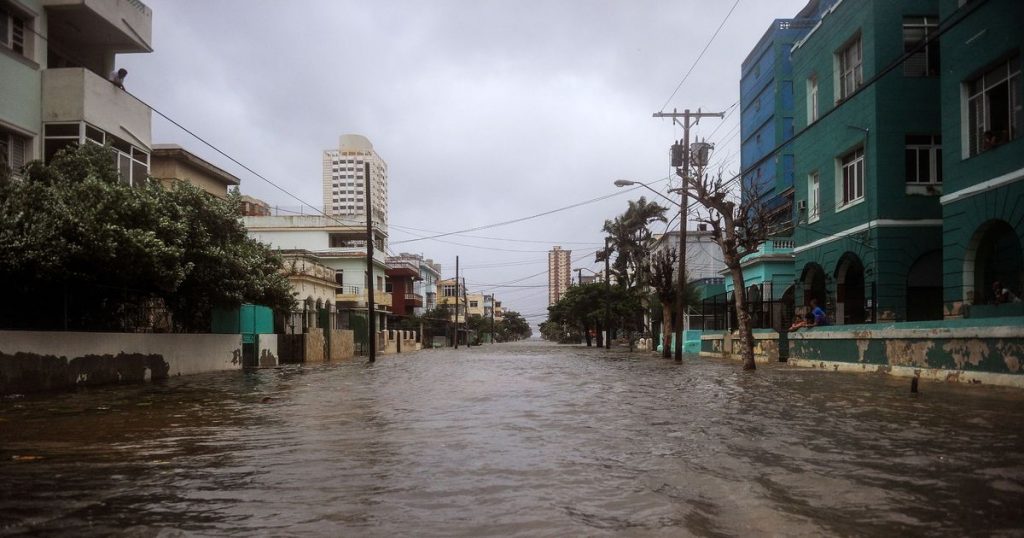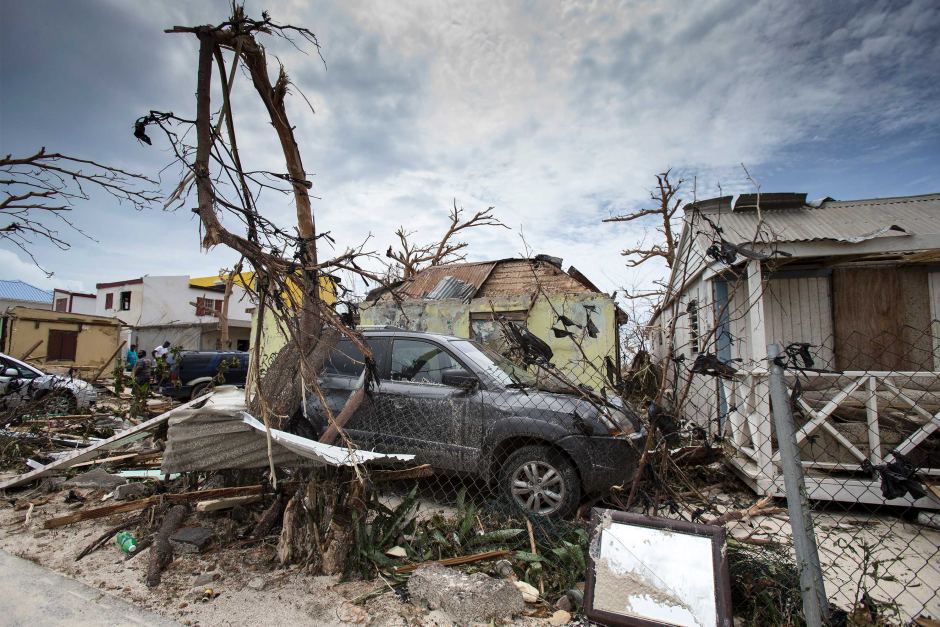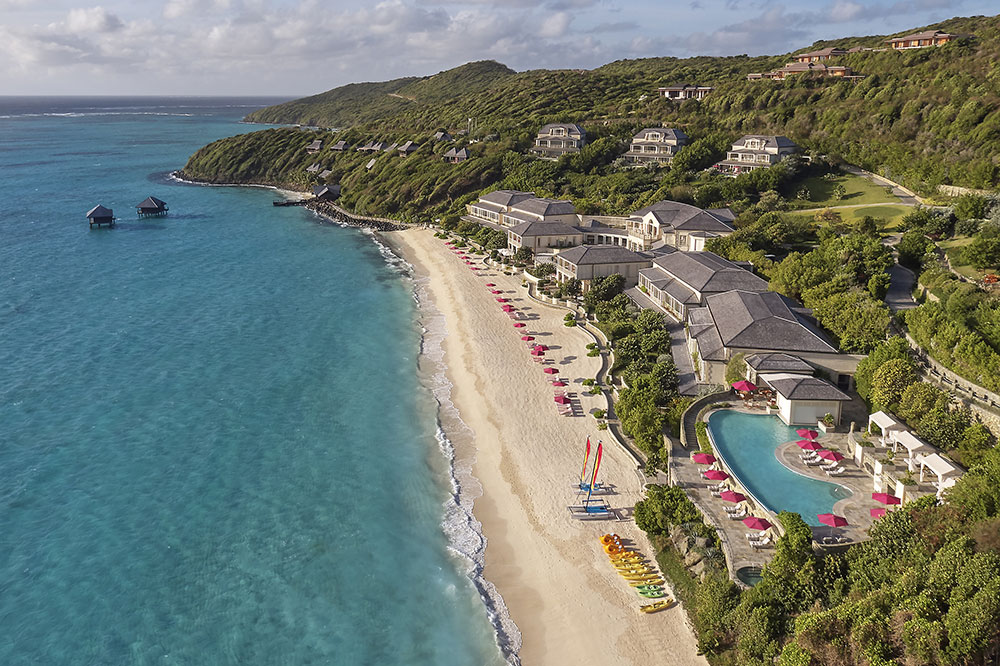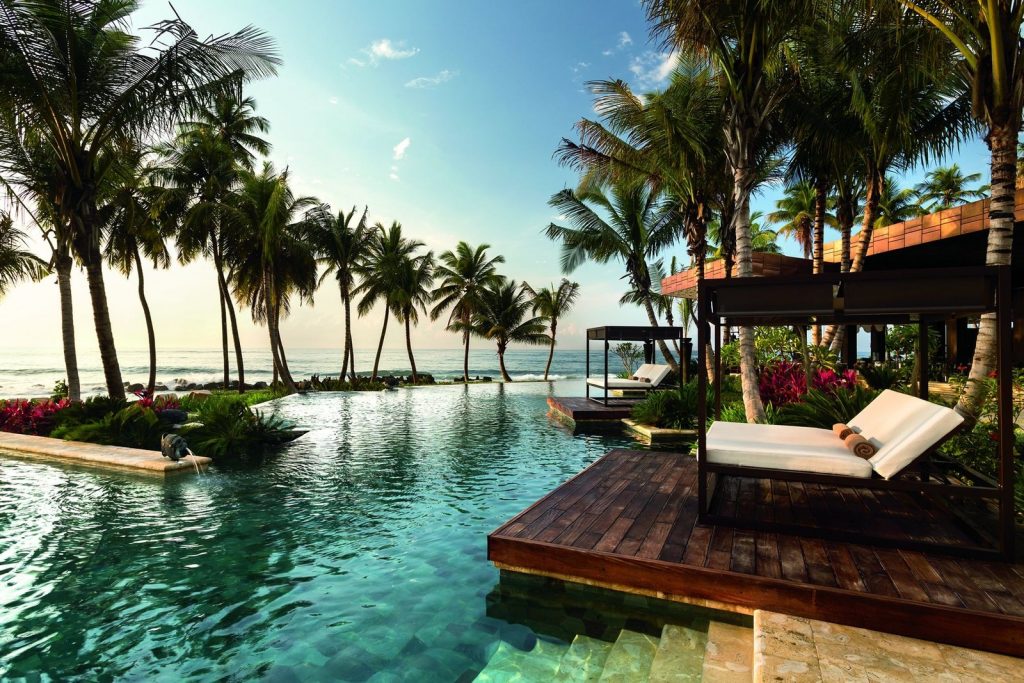Barring any more hurricanes this season, the Caribbean is back. That was the word at this year’s Virtuoso Week where Karolin Troubetzkoy, immediate past president of the Caribbean Hotel Association, addressed travel industry advisors and media about the state of tourism in the Caribbean one year after hurricanes Irma, Jose and Maria wreaked havoc on the region in nearly back to back high category storms.
“The region lost three per cent of arrivals, but it’s coming back even better,” she said. “There is a certain spirit of enthusiasm in the Caribbean. It’s been really tough, but we are going to come back really strong from the experience.

Troubetzkoy noted that as of May 18, around 90% of all room inventory lost had reopened. “Six destinations are still in recovery mode and looking at a four-year recovery. But they will come back really strong. It’s sad that it takes a disaster for people to come together as we have done.”
In numbers, the 2017 hurricanes had a contagion impact on the entire region, mostly due to perceptions. In fact, more than 70 percent of the Caribbean was out of harm’s way. Still, the storms account for an estimated loss of just shy of a million visitors who would have spent an estimated $878 million in the region. However, the Caribbean did manage to host 47 million international visitors in 2017, toward a tourism spend of $31.8 billion. Overall, the Travel & Tourism share of the GDP in this region is 15.2 percent, although much higher per island.
The estimated percentage of hotels now open in high impact destinations include Anguilla at 65 percent; British Virgin Islands at 40 percent; Dominica at 50 percent; Puerto Rico at 80 percent; St. Maarten/St. Barts at 40 percent; and the U.S. Virgin Islands at 40 percent.
St. Barts, a particularly popular place for winter escapees and honeymooners, was hit hard by the storms and is only slowly crawling back.

“We got pretty badly hit but the good thing was the resilience of the people and seeing everyone coming together,” said Martein Van Wagenberg, managing director of Le Guanahani. “I think we were relatively lucky because the island has mostly concrete structures. But the devastation hit the northern beach areas hard and unfortunately that’s where all the luxury resort properties are.”The first tourists came back in November, he added. “Now around 70% of villas are back, but the beach hotels are not back, although we hope to see them up and running by the end of year. We have a beach side and a lagoon side so we got a double whammy. The beach part of our resort was devastated. St Barts has a huge number of repeat guests and hotels are staying in touch with them. Some of those guests are coming back and remarking that the island is a lot like it was 50 years ago — so there has been some good coming out of this,” said van Wagenberg.

Rhodni Skelton, Deputy Director of Tourism for the British Virgin Islands Tourist Board, recalled how rough it had been in those first days following the storm. “But we are resilient and bouncing back. The trauma is still there but we are mostly refocused on keeping our economy alive. “What we need now is for the tourists to come back,” he said.
Vicki Freed of Royal Caribbean International talked about how the cruise line immediately put its ships into action after the storms, picking up residents who lived on hurricane-damaged islands and taking them to Florida to be with relatives or to head to hospitals that could give them the care they required. However, she remembered how many residents did not want to leave their island homes because they did not want to leave their pets behind. So, the cruise line ended up bringing not just people to safety but also dogs, cats, hamsters, birds, guinea pigs, but mostly dogs, and all were allowed to stay with their owners in the stateroom. The animals never ate so well, she joked.
“We decided that anyone who needed to get back to the US could go with us and we offered to take them on a complimentary basis as airports were closed,” said Freed. “On the return, we brought back generators and fuel, food, diapers – whatever we could think of because there was literally nothing available. We are a richer company as a result of that.”
Now Royal Caribbean is back calling on Caribbean ports and bringing in tours, and populating restaurants and stores. “In fact, we are doubling down on the Caribbean,” she said. “Our newest ship launches in November from Miami.”
Currently, all Caribbean cruise ports are open or working as a hub for smaller nearly islands that are still in recovery.

Puerto Rico, which famously received a whopping blow last summer and suffered months and months of infrastructure devastation, from lack of electricity and clean water to communications and healthcare, has seen, perhaps the greatest recovery of rooms and tourism infrastructure of all the islands.
Carmen Teresa Targa, vice president of Condado Travel in San Juan, notes that although the storm hit the island hard, “there has been a change of mentality. People are happy to be alive.”
She noted that restaurants are open, hotels are open, the Dorado Beach Ritz-Carlton is open, and the St. Regis is expected to open in October. “People think there is no electricity here, that the island is all just fallen trees, downed power lines and broken roads. It’s not true. We are living there and things are ok.”
This article first appeared in Multibriefs.
































































































































































































































































































Get Social